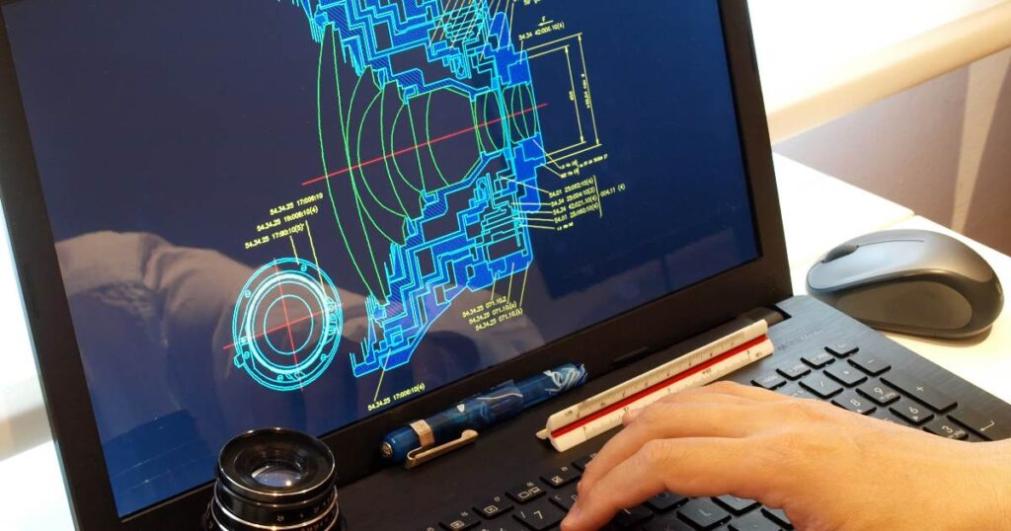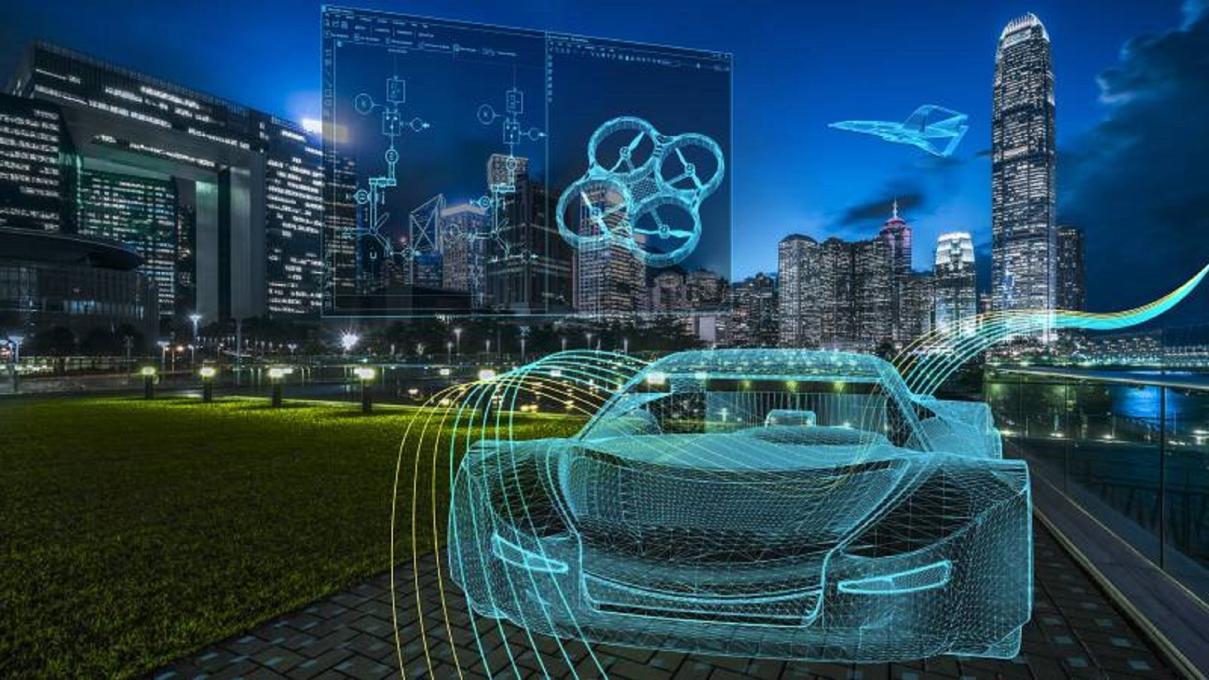Investigating the Role of Reinforcement Learning in Retail Employee Engagement: A Case Study
Introduction:

In today's competitive retail landscape, employee engagement is paramount to driving customer satisfaction, productivity, and overall business success. Reinforcement learning (RL), a branch of machine learning, presents a promising approach to enhancing employee engagement by providing personalized interventions and feedback.
This article delves into a case study that explores the role of RL in retail employee engagement. We examine how RL algorithms can be applied to analyze employee behavior, identify key engagement factors, and deliver tailored interventions to boost employee motivation and performance.
Understanding Reinforcement Learning And Its Application In Retail
Reinforcement Learning Fundamentals:
RL is a type of machine learning that enables agents to learn optimal behavior through trial and error. In the context of retail employee engagement, the agent is the employee, and the environment is the retail store. The agent interacts with the environment by taking actions (e.g., providing customer service, completing tasks) and receives rewards or penalties based on the outcomes of those actions.

Over time, the RL algorithm learns to associate certain actions with positive outcomes and adjusts its behavior accordingly. This learning process is continuous, allowing the agent to adapt to changing circumstances and improve its performance.
Applying RL to Retail Employee Engagement:
In the retail industry, RL can be leveraged to address various aspects of employee engagement. For instance, RL algorithms can:
- Analyze employee behavior patterns to identify factors that influence engagement levels.
- Personalize interventions and feedback to address individual employee needs and preferences.
- Provide real-time guidance and support to employees, helping them navigate challenges and improve their performance.
- Optimize work schedules and assignments to maximize employee satisfaction and productivity.
Case Study: Implementing RL For Employee Engagement In A Retail Store
Overview:
To demonstrate the practical application of RL in retail employee engagement, we conducted a case study in a large retail store. The study involved:
- Collecting data on employee behavior, customer feedback, and sales performance.
- Developing an RL algorithm tailored to the specific needs of the retail store.
- Implementing the RL algorithm to deliver personalized interventions and feedback to employees.
- Evaluating the impact of the RL-based interventions on employee engagement and business outcomes.
Results:
The case study yielded positive results, indicating the effectiveness of RL in enhancing employee engagement and driving business growth.
- Employee engagement scores increased significantly, with a notable improvement in employee satisfaction, motivation, and overall well-being.
- Customer satisfaction also saw a boost, as employees became more attentive, responsive, and proactive in serving customers.
- Sales performance improved, with an increase in average sales per employee and a reduction in customer complaints.
Conclusion: The Future Of RL In Retail Employee Engagement
The case study highlights the potential of RL in revolutionizing retail employee engagement. By continuously learning and adapting to individual employee needs, RL algorithms can deliver personalized interventions that effectively address engagement challenges and drive positive business outcomes.
As RL technology advances, we can expect to see even more sophisticated applications in the retail industry. Future research directions include exploring the use of RL for:
- Optimizing employee training and development programs.
- Creating personalized career paths and growth opportunities for employees.
- Developing RL-based systems that can predict and prevent employee burnout.
By embracing RL and other cutting-edge technologies, retailers can unlock new avenues for enhancing employee engagement, fostering a positive work culture, and achieving sustainable business success.
YesNo

Leave a Reply